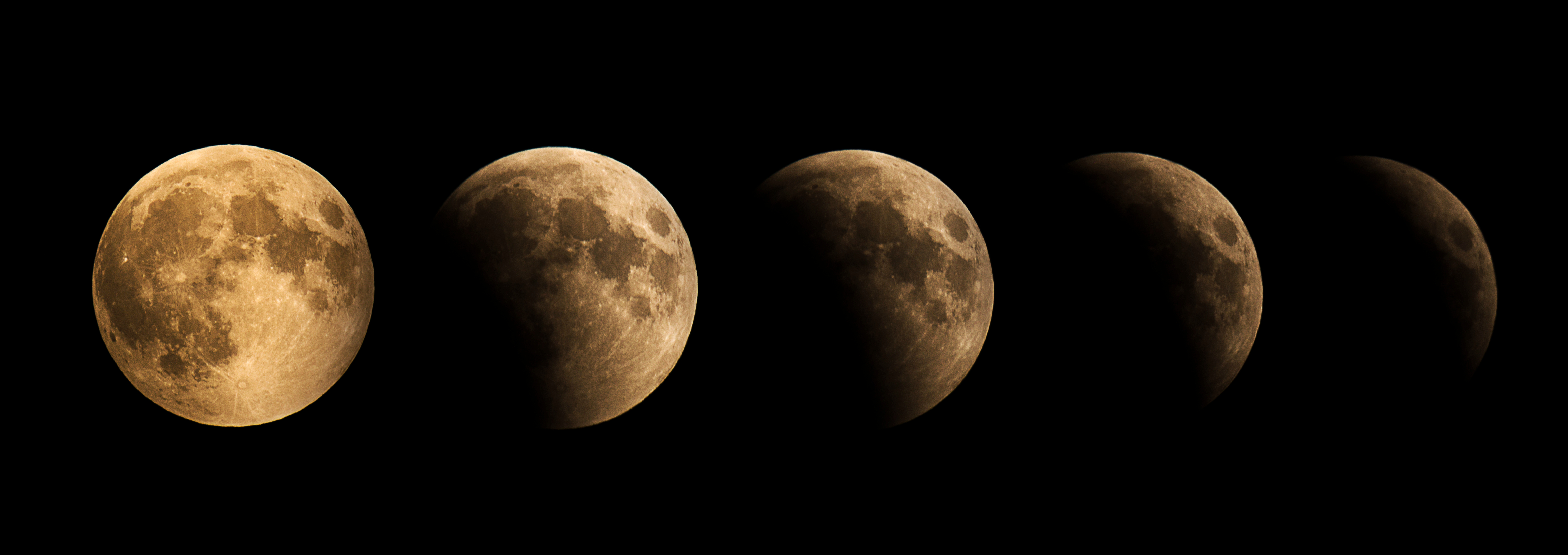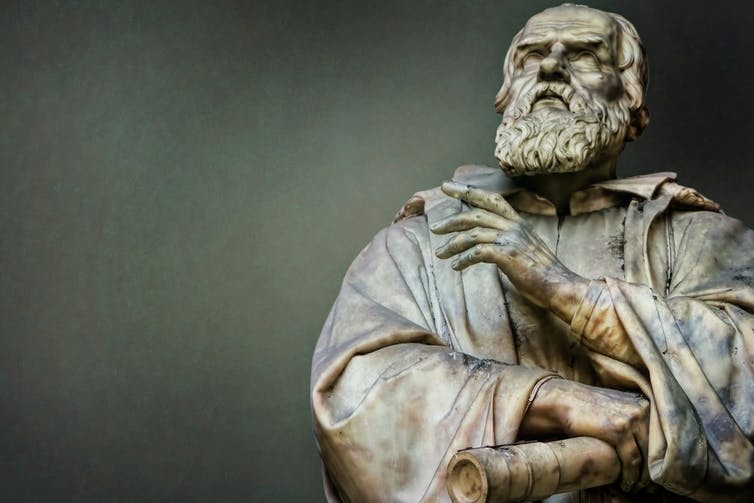
Curious Kids: Why is the Moon Called the Moon?

This article was originally published at The Conversation. The publication contributed the article to Space.com's Expert Voices: Op-Ed & Insights.
Toby Brown, Postdoctoral Fellow in Astrophysics, McMaster University
Curious Kids is a series for children of all ages. Have a question you’d like an expert to answer? Send it to CuriousKidsCanada@theconversation.com.
The origin of the moon’s name is a very interesting story. Humans have been aware of this great white orb in the sky ever since they first roamed the Earth.
The moon’s appearance changes as the months pass. It moves through phases from full moon to new moon, and back again.
Where did the word moon come from?
The Earth has just one moon. It is best known as the moon in the English-speaking world because people in ancient times used the moon to measure the passing of the months.
The word moon can be traced to the word mōna, an Old English word from medieval times. Mōna shares its origins with the Latin words metri, which means to measure, and mensis, which means month.
Get the Space.com Newsletter
Breaking space news, the latest updates on rocket launches, skywatching events and more!
So, we see that the moon is called the moon because it is used to measure the months.
Galileo’s discovery
So, why do the moons around other planets have names, while ours is just the moon?
When the moon was named, people only knew about our moon. That all changed in 1610 when an Italian astronomer called Galileo Galilei discovered what we now know are the four largest moons of Jupiter.

Other astronomers across Europe discovered five moons around Saturn during the 1600s. These objects became known as moons because they were close to their planets, just as our own moon is close to the Earth.
It’s fair to say that other moons are named after our own moon.
The newly discovered moons were each given beautiful names to identify them among the growing number of planets and moons astronomers were finding in the solar system.
Many of these names came from Greek myths. The four large moons Galilei discovered around Jupiter were named Io, Europa, Ganymede and Callisto.
Astronomers continue to find new moons orbiting planets in our solar system. In October 2019, they announced they had newly discovered 20 moons around Saturn.
Hello, curious kids! Do you have a question you’d like an expert to answer? Ask an adult to send your question to CuriousKidsCanada@theconversation.com. Please tell us your name, age and the city where you live.
And since curiosity has no age limit — adults, let us know what you’re wondering, too. We won’t be able to answer every question, but we will do our best.
[Deep knowledge, daily. Sign up for The Conversation’s newsletter.]
This article is republished from The Conversation under a Creative Commons license. Read the original article.
Follow all of the Expert Voices issues and debates — and become part of the discussion — on Facebook and Twitter. The views expressed are those of the author and do not necessarily reflect the views of the publisher.

Join our Space Forums to keep talking space on the latest missions, night sky and more! And if you have a news tip, correction or comment, let us know at: community@space.com.

Toby Brown is the Plaskett Fellow at the Herzberg Astronomy & Astrophysics Research Centre (National Research Council of Canada) and principal investigator of VERTICO, an ongoing ALMA Large Program that is studying environmental effects on galaxy evolution by mapping molecular gas at high resolution in 51 Virgo Cluster galaxies. He is an astronomer who focuses on the question, how do galaxies evolve? Beyond this research, much of Toby's time is spent talking about science through radio, writing, and award-winning public talks.
Toby holds a PhD in astrophysics from Swinburne University of Technology in Melbourne, Australia.
-
rod I enjoy observations of the Moon using my telescopes (mostly First Quarter, Last Quarter or waning/waxing phases). When I go out and view the Moon - I do not think about the etymology of the word like this article. I just call it Moon and have some fun viewing :)Reply









